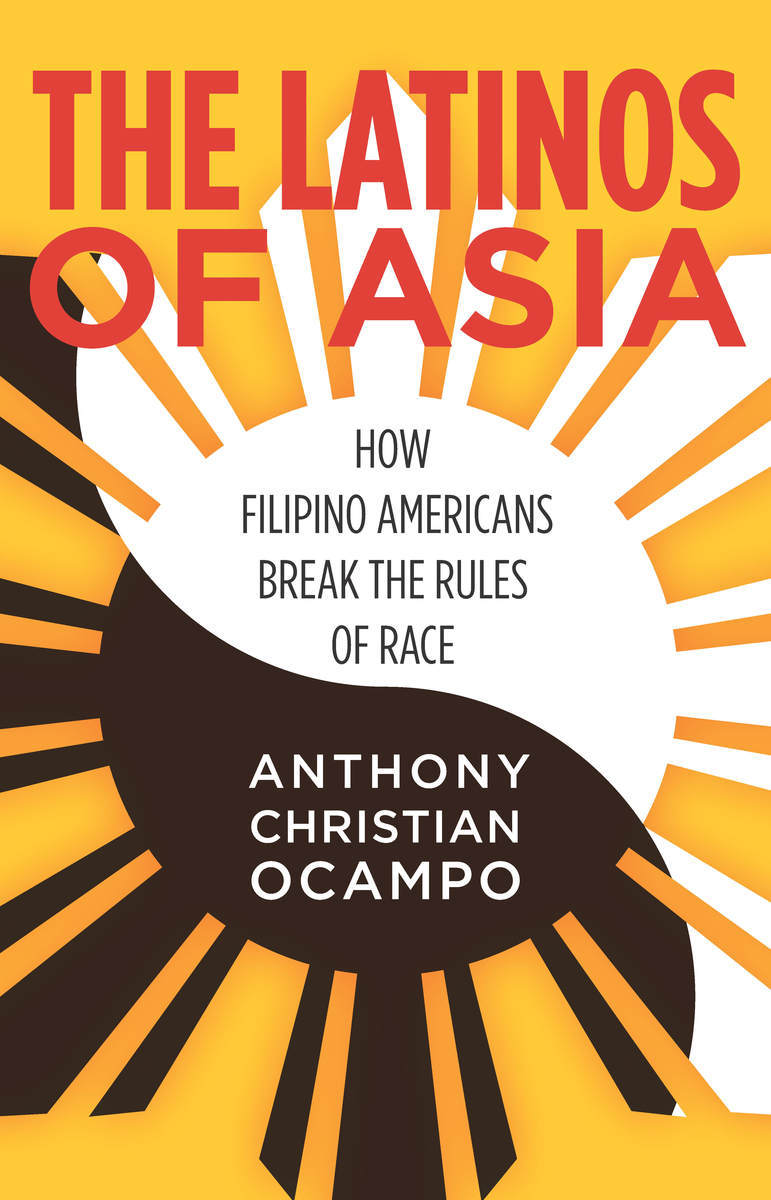Colored Perceptions: Racially Distinctive Names and Assessments of Skin ColorPosted in Articles, Latino Studies, Media Archive, Social Science, United States on 2016-03-08 02:01Z by Steven |
Colored Perceptions: Racially Distinctive Names and Assessments of Skin Color
American Behavioral Scientist
Volume 60, Number 4 (April 2016)
pages 420-441
DOI: 10.1177/0002764215613395
Denia Garcia
Department of Sociology
Princeton University, Princeton, New Jersey
Maria Abascal
Department of Sociology
Princeton University, Princeton, New Jersey
Scholars are increasingly employing skin color measures to investigate racial stratification beyond the dimensions of self- or other-classification. Current understandings of the relationship between phenotypic traits, like skin color, and racial classification are incomplete. Scholars agree that perceptions of phenotypic traits shape how people classify others; it remains to be seen, however, whether racial classification in turn shapes people’s perceptions of phenotypic traits. The present study is based on an original survey experiment that tests whether assessments of others’ skin color are affected by a subtle racial cue, a name. Results indicate that skin color ratings are affected by the presence of a racially distinctive name: A significant share of people will rate the same face darker when that face is assigned a distinctively Hispanic name as opposed to a non-Hispanic name. In addition, ratings of male faces are more sensitive to racially distinctive names. The findings bear important lessons for our understanding of the social construction of race and its role in producing inequalities.
Read or purchase the article here.


